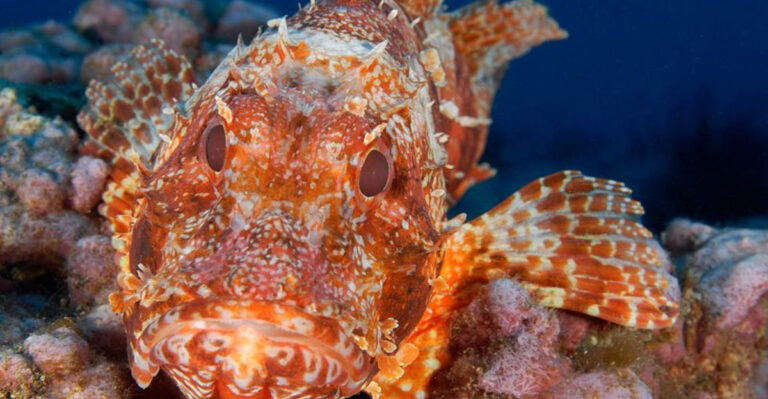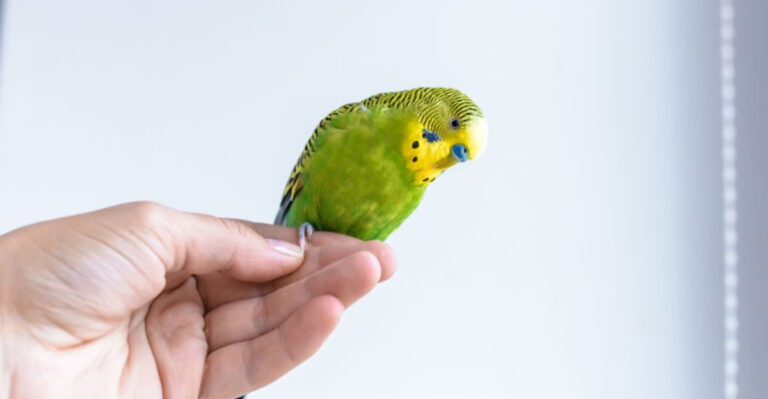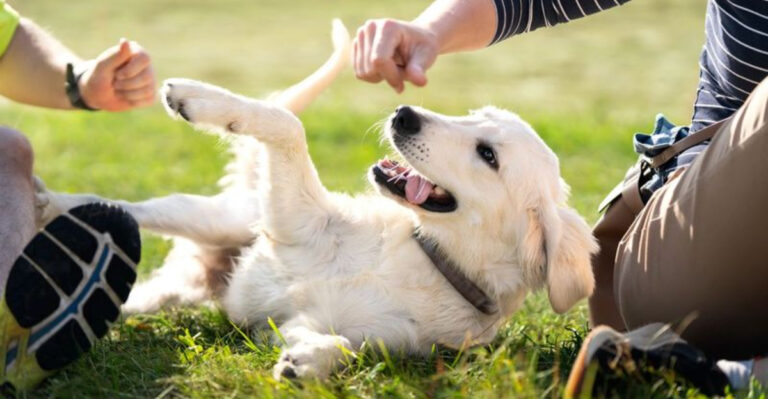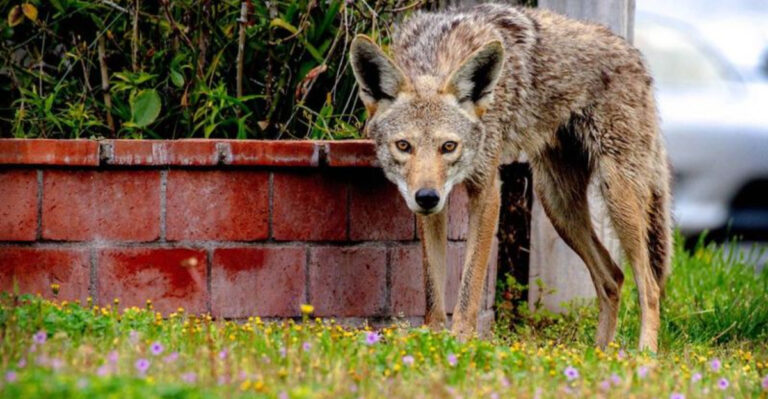7 Most Challenging And 7 Easiest Dog Breeds To Train
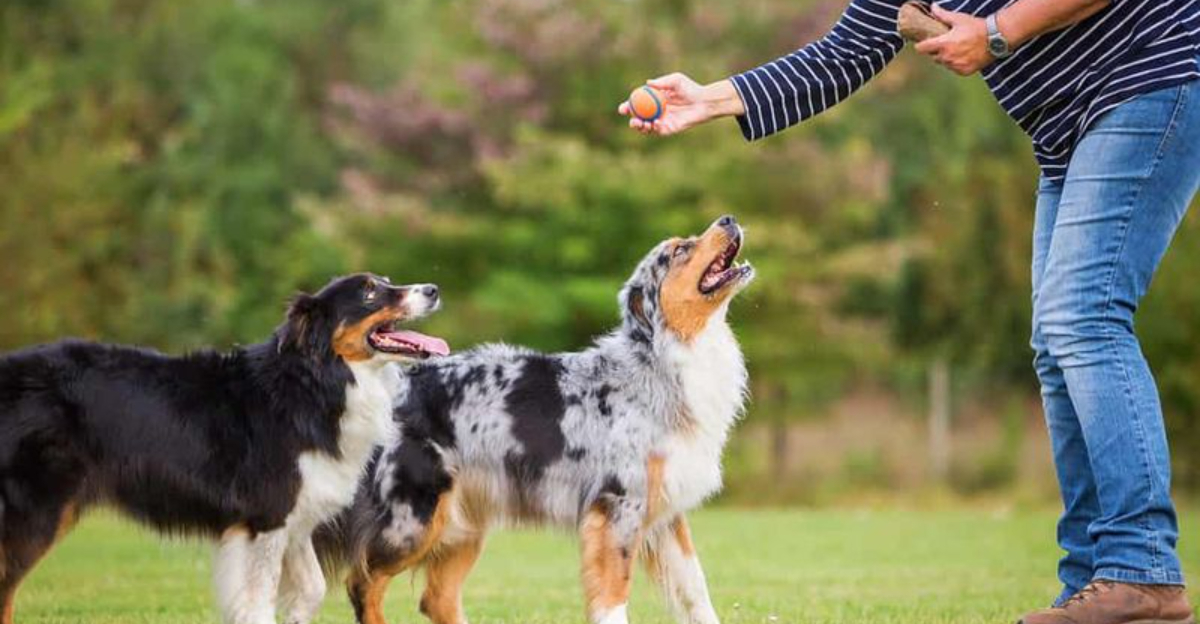
Getting a new furry friend is exciting, but training them can be either a breeze or an uphill battle depending on the breed you choose. Some dogs naturally follow commands with minimal effort, while others march to the beat of their own drum regardless of how many treats you offer.
Understanding which breeds are easier or more challenging to train can help you find the perfect match for your lifestyle and patience level.
1. Shiba Inu
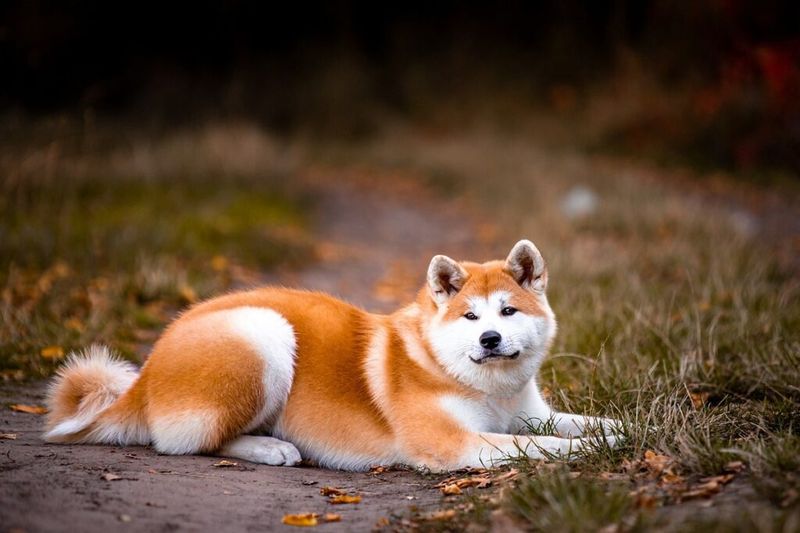
Fiercely independent with a cat-like personality, Shiba Inus often decide whether your commands are worth following. Their ancient Japanese hunting heritage makes them naturally suspicious of authority.
Training requires creative motivation techniques and unwavering consistency. Many Shiba owners joke they don’t have dogs—they have furry roommates who occasionally acknowledge their existence when treats appear.
2. Afghan Hound
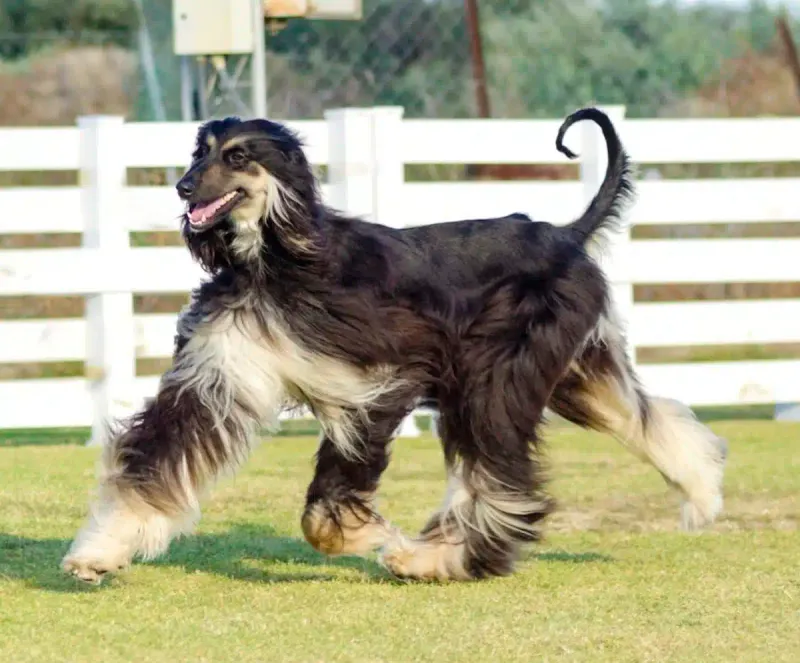
Aristocratic and dignified, Afghan Hounds approach training with an attitude of “What’s in it for me?” Their long, flowing coats match their equally flowing independence.
Bred for hunting without human direction, Afghans possess a deeply ingrained self-reliance. They’ll master commands eventually, but on their own timeline—rushing them only strengthens their elegant resistance to your training efforts.
3. Basenji
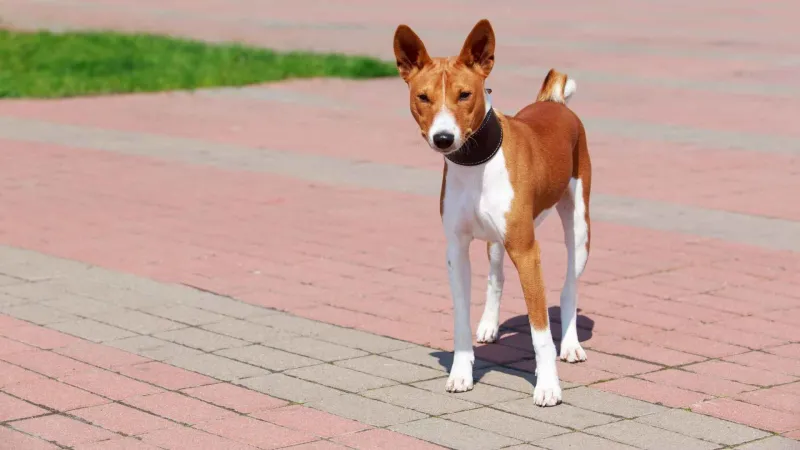
Known as the “barkless dog,” Basenjis communicate their training resistance through expressive yodels and mischievous grins. These ancient African hunting dogs operated independently for thousands of years.
Their problem-solving intelligence actually works against training progress. A Basenji quickly calculates whether following your command benefits them more than pursuing their own agenda—usually choosing the latter with impressive determination.
4. Dachshund
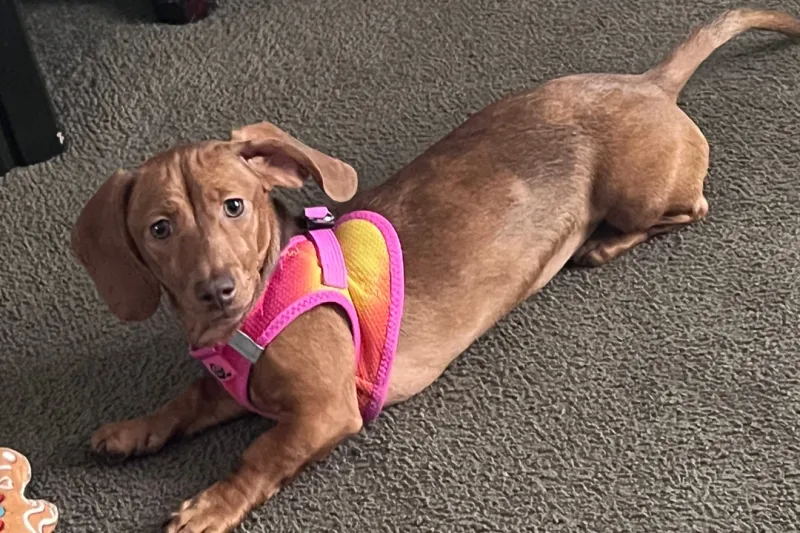
Don’t let those short legs fool you—Dachshunds pack tremendous stubbornness into their elongated bodies. Originally bred to hunt badgers underground without human direction, they’re programmed for independent decision-making.
Their selective hearing becomes legendary among owners. A Dachshund might perfectly execute a command when motivated, then pretend complete amnesia when the same command interrupts something more interesting.
5. Chow Chow
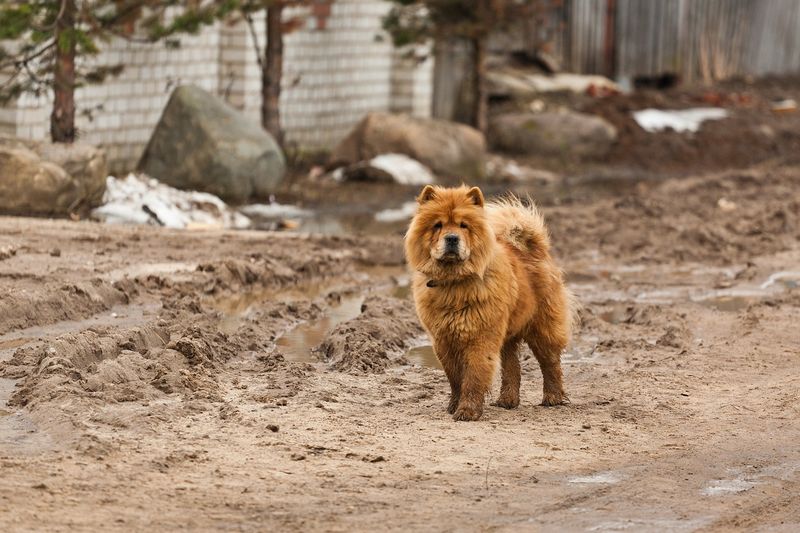
Behind that adorable teddy bear face lurks the soul of an independent thinker who sees training as optional. Chow Chows were bred as all-purpose working dogs in ancient China, making decisions without constant human input.
Their aloof dignity means they’re not particularly motivated by praise or treats. Training sessions need to convince them the activity is worthwhile, as their natural inclination is to question why they should bother following your suggestions.
6. Jack Russell Terrier
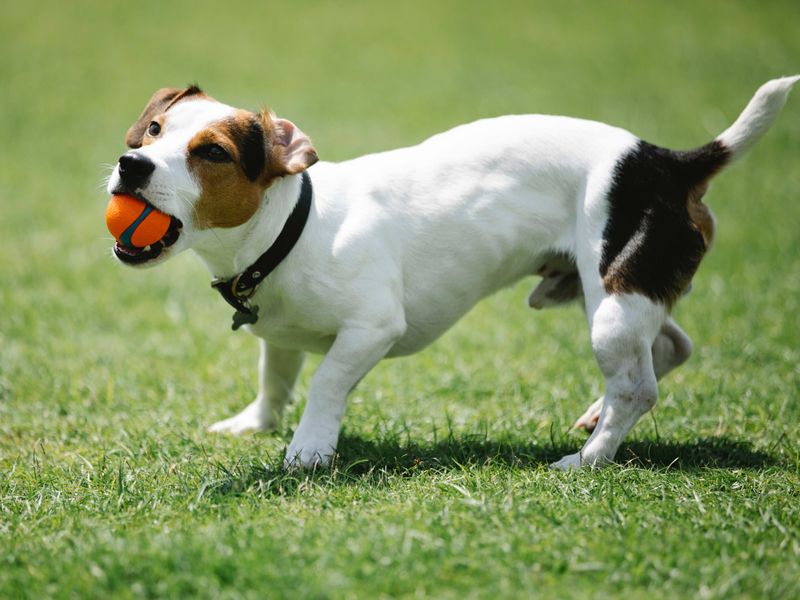
Boundless energy meets laser-focused determination in this compact package. Jack Russells weren’t bred to follow commands—they were bred to chase foxes relentlessly, making split-second decisions underground.
Training challenges stem from their inability to focus when something more exciting catches their attention. Their intelligence works against them as they quickly become bored with repetitive commands, preferring to invent their own far more interesting activities.
7. Bulldog

Bulldogs redefine the concept of stubborn with their immovable determination. When a Bulldog decides sitting is preferable to the “come” command, you’ll witness the true meaning of unmotivated resistance.
Their laid-back temperament masks a surprising cleverness. They quickly learn which commands they can ignore without consequences. Training requires patience, consistency, and accepting that some days, your Bulldog will simply decide training isn’t on their personal agenda.
8. Golden Retriever
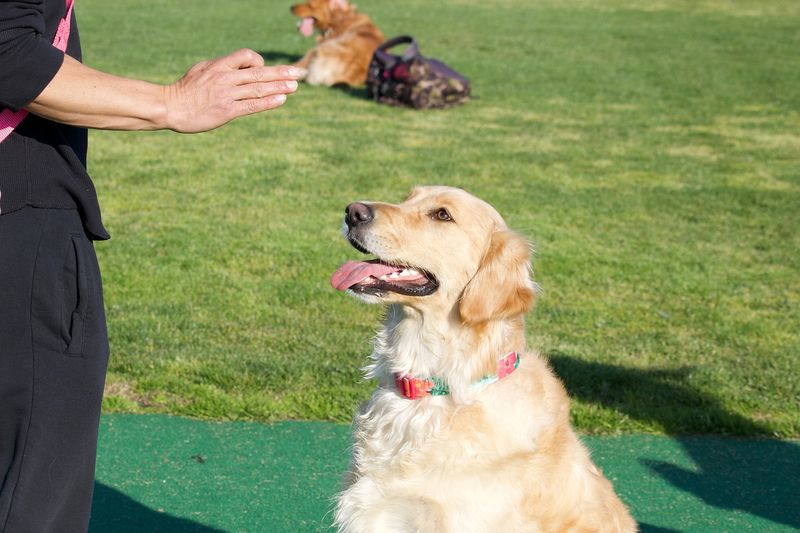
With an almost supernatural desire to please their humans, Golden Retrievers practically train themselves. Their expressive eyes constantly ask, “Did I do that right? Can I try again?”
Centuries of breeding as hunting companions created dogs who naturally tune into human cues. Golden Retrievers thrive on positive reinforcement and often seem genuinely disappointed when they don’t get commands right, making training feel less like work and more like bonding.
9. Labrador Retriever
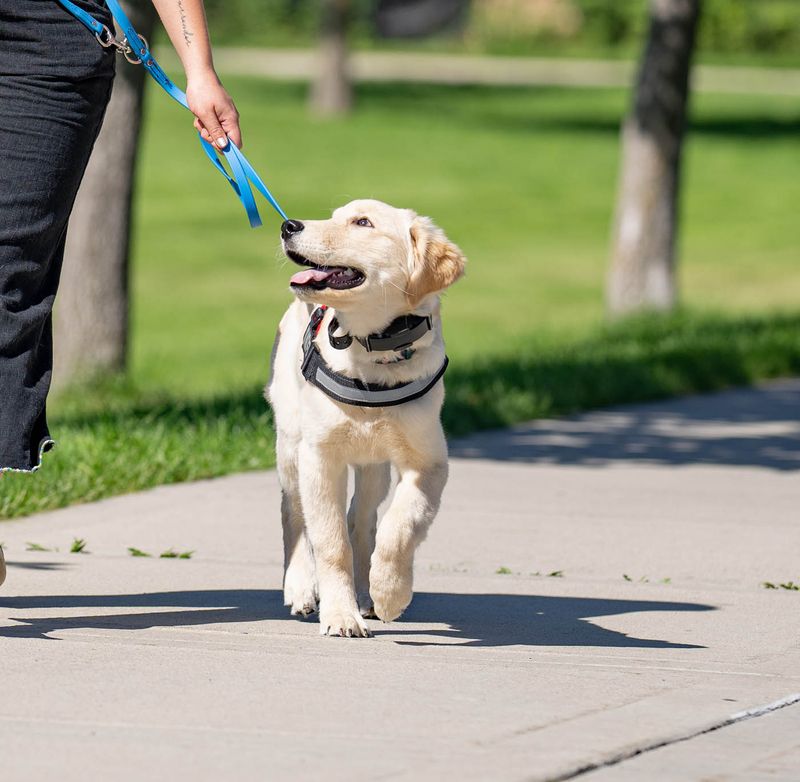
Labs approach training with boundless enthusiasm and a food-motivated determination that makes teaching new skills remarkably straightforward. Their expressive faces seem to say, “I’ll do anything for you—especially if treats are involved!”
Their working heritage as retrievers means they naturally want to cooperate with humans. Labs also possess an impressive ability to stay focused during training, unlike more distractible breeds, making them ideal first-time dogs for families.
10. Border Collie
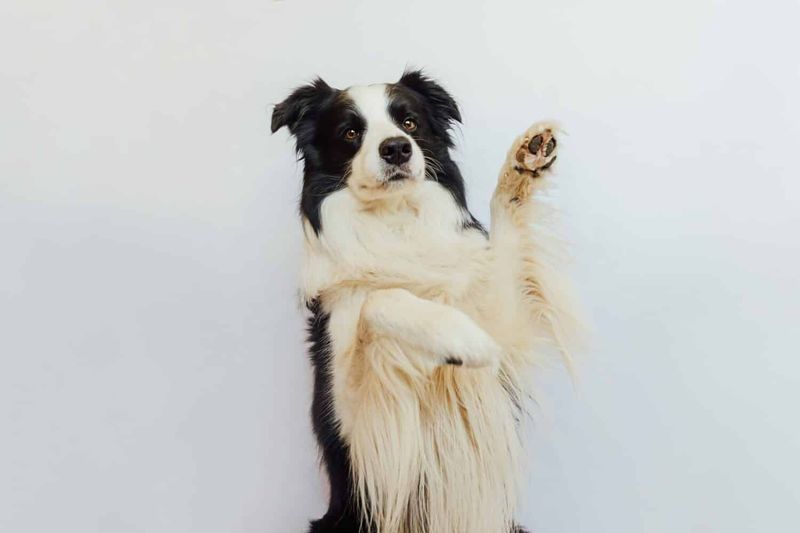
Meeting a Border Collie feels like meeting a creature who speaks human but politely chooses not to. Their intelligence isn’t just impressive—it’s almost unsettling how quickly they grasp new concepts.
Bred for centuries to anticipate a shepherd’s needs, they’re constantly studying your every move for instructions. The challenge with Border Collies isn’t teaching them commands—it’s providing enough mental stimulation to prevent them from inventing their own, often mischievous, jobs.
11. Poodle
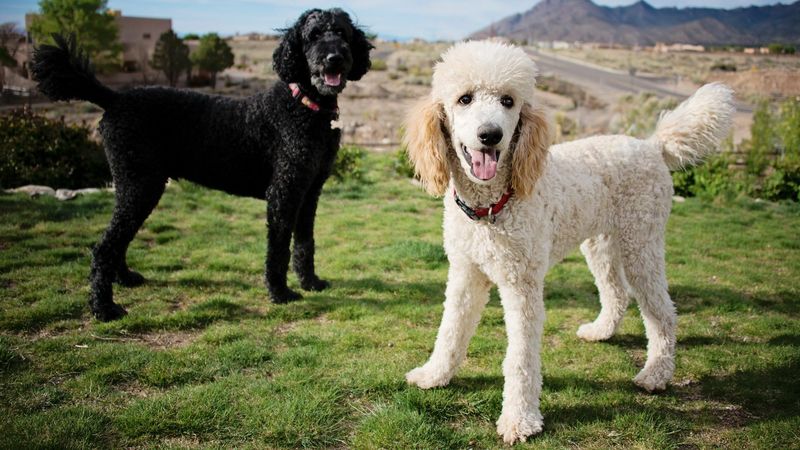
Behind those elegant curls lies one of the canine world’s most brilliant minds. Poodles approach training with a problem-solving ability that makes other dogs look like they’re still working on basic addition.
Originally bred as water retrievers, they combine working drive with remarkable intelligence. Standard, Miniature, or Toy—all Poodle varieties share this trainability. They often learn commands after just a few repetitions and seem genuinely pleased with themselves when mastering new skills.
12. German Shepherd
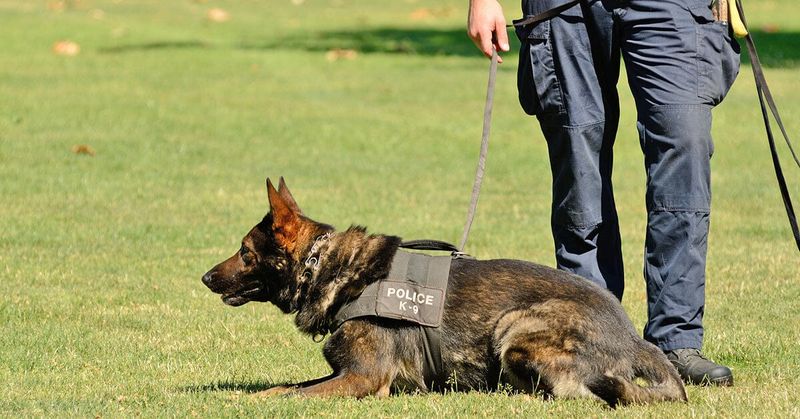
German Shepherds seem born with an internal compass pointing toward excellence in training. Their legendary work ethic means they approach commands not just as tasks but as meaningful responsibilities.
These dogs possess an almost supernatural ability to read human emotions and intentions. Their keen intelligence isn’t just about learning commands—it’s about understanding the purpose behind them. German Shepherds thrive when given jobs that challenge their problem-solving abilities.
13. Cavalier King Charles Spaniel
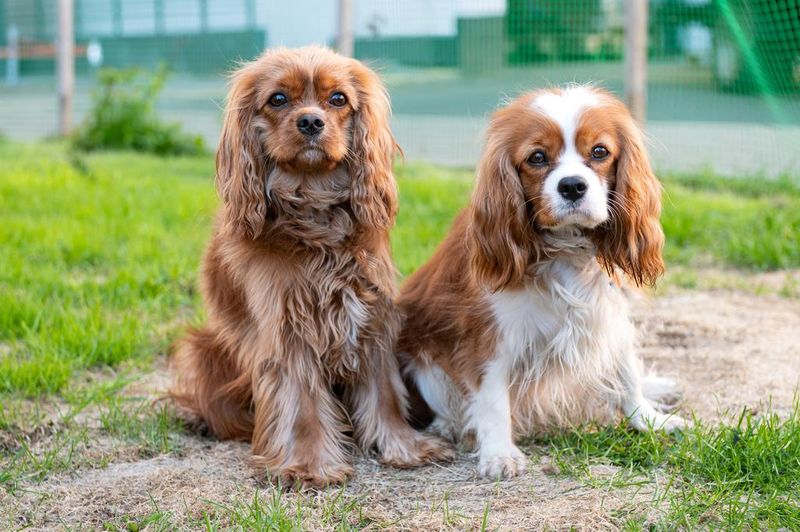
These velvet-eared companions combine the trainability of working spaniels with the gentle temperament of lap dogs. Their eager-to-please nature makes even novice trainers feel like professional dog whisperers.
Cavaliers respond beautifully to positive reinforcement, with praise often being reward enough. Unlike some easy-to-train breeds that require mental challenges, Cavaliers are content mastering basic commands, making them perfect for first-time owners seeking a trainable but low-maintenance companion.
14. Australian Shepherd
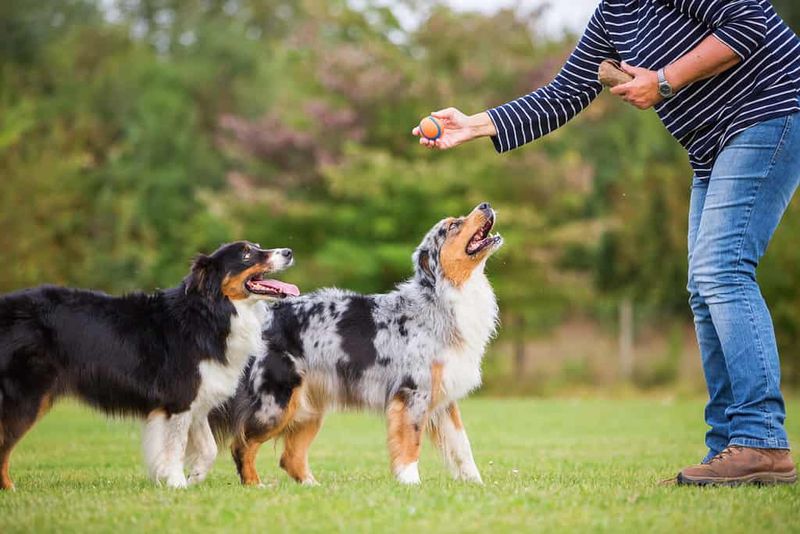
“Aussies” approach training with a work ethic that would impress even the strictest boss. These vibrant herding dogs possess an almost telepathic connection to their handlers, often anticipating commands before they’re given.
Their problem-solving intelligence means they quickly understand not just what you want them to do, but why. Australian Shepherds thrive when training incorporates variety and challenges. Their eager expressions during training sessions seem to constantly ask, “What exciting thing are we learning next?”


